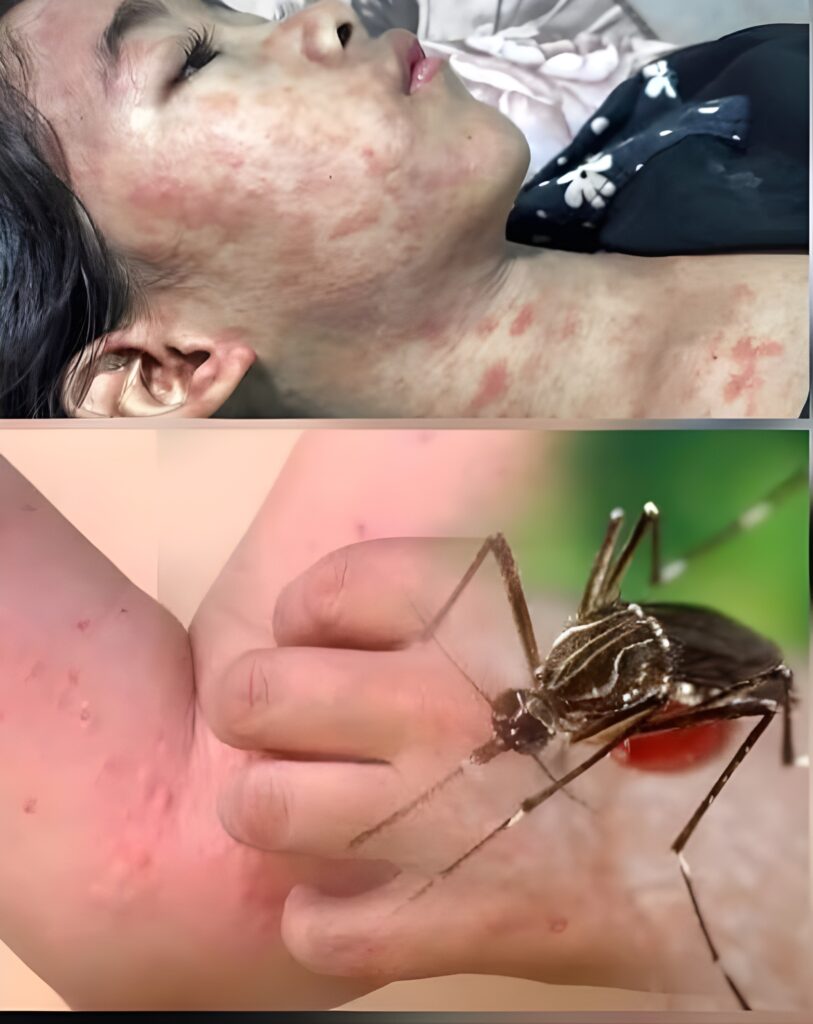
A fast-moving chikungunya virus outbreak is sweeping across southern China, with over 7,000 confirmed infections and counting. Health officials are racing to contain what experts call China’s largest chikungunya outbreak on record — sparking international concern.
Here’s what you need to know 👇
🌍 The Situation at a Glance
The outbreak is centered in Guangdong Province, particularly Foshan City, but has already spread to more than 20 surrounding cities.
Epidemiologists warn that transmission likely began months before detection, suggesting the virus had been spreading silently since early summer.
In response, authorities have launched an aggressive containment campaign, including:
- Citywide mosquito-control operations (spraying, draining stagnant water)
- Drone surveillance to spot breeding sites
- Mandatory hospitalization for infected patients
- Fines for residents who fail to eliminate standing water
- Mosquito nets installed across hospital wards
While most cases are mild, experts fear the scale of infection indicates low community immunity — meaning millions could still be at risk.
🦟 What Is Chikungunya?
Chikungunya virus (CHIKV) is a mosquito-borne disease spread by Aedes aegypti and Aedes albopictus — the same mosquitoes that transmit dengue and Zika.
➡️ The virus spreads only through mosquito bites — not person-to-person contact.
➡️ Once bitten, symptoms usually appear within 3–7 days.
⚠️ Symptoms to Watch For
Typical signs include:
- High fever
- Severe joint pain (often debilitating)
- Muscle aches and headache
- Skin rash and fatigue
- Nausea or mild stomach upset
While most people recover within weeks, joint pain can persist for months or even years.
Severe complications — though rare — can affect the brain, heart, or eyes, especially in infants, elderly individuals, or those with chronic illnesses.
So far, no deaths have been reported in China.
🧩 Why Now? Why China?
Experts point to a perfect storm of conditions fueling the outbreak:
- Low immunity: China hasn’t experienced major chikungunya transmission before.
- Ideal weather: Guangdong’s heat, humidity, and rainfall boost mosquito breeding.
- Urbanization: Dense construction and poor drainage create mosquito-friendly environments.
- Global travel: Imported cases likely ignited local transmission.
- Surveillance gaps: Limited monitoring delayed early detection.
🧰 How China Is Responding
Authorities have moved swiftly with a multi-layered containment plan:
- 🏥 Mandatory hospitalization until patients test virus-free
- 🚫 Fines up to ¥10,000 for households with standing water
- 🕵️ Drones & mosquito-eating fish deployed for vector control
- 🧴 Nationwide awareness campaign promoting repellents, nets, and protective clothing
International observers, including the World Health Organization, are monitoring the response closely.
🌐 Could It Spread Beyond China?
Unfortunately, yes.
Given global travel and the widespread presence of Aedes mosquitoes, experts say neighboring regions — and even other continents — could face spillover risks.
The U.S. CDC has issued a travel advisory for Guangdong Province, urging travelers to take mosquito precautions.
In fact, 2025 has already seen chikungunya cases in Europe, Africa, and the Americas, including one locally acquired infection in New York — a stark reminder that vector-borne viruses cross borders easily.
🛡️ How to Protect Yourself
If you live in or plan to visit affected areas:
✅ Use mosquito repellent (DEET, picaridin, IR3535)
✅ Wear long sleeves and pants
✅ Sleep under mosquito nets
✅ Eliminate standing water around your home
✅ Seek medical attention if you develop fever, joint pain, or rash
There’s no specific antiviral treatment — only supportive care (rest, fluids, pain relief).
A vaccine (IXCHIQ) exists but remains limited in supply and under review for broader use.
🌡️ Why This Outbreak Matters
This isn’t just a regional issue — it’s a climate and global health warning.
Rising temperatures, rapid urbanization, and increased global mobility are pushing mosquito-borne diseases into new territories once thought safe.
Without robust surveillance and rapid containment, localized outbreaks can turn international within weeks.
🔎 What to Watch Next
- Can China halt spread before it crosses borders?
- Will mutations make the virus more transmissible?
- How effective will mosquito control efforts be?
- Will the global community ramp up vaccine deployment?
For now, one thing is clear:
🦠 “Viruses don’t need passports — and vigilance is our best defense.”
Stay informed. Stay protected.
Because outbreaks don’t wait — but preparation saves lives.



